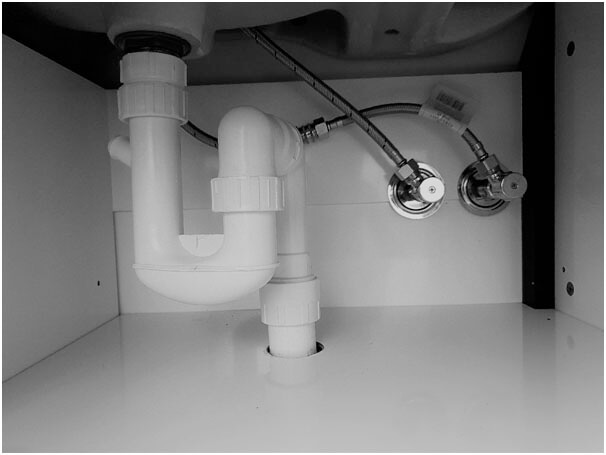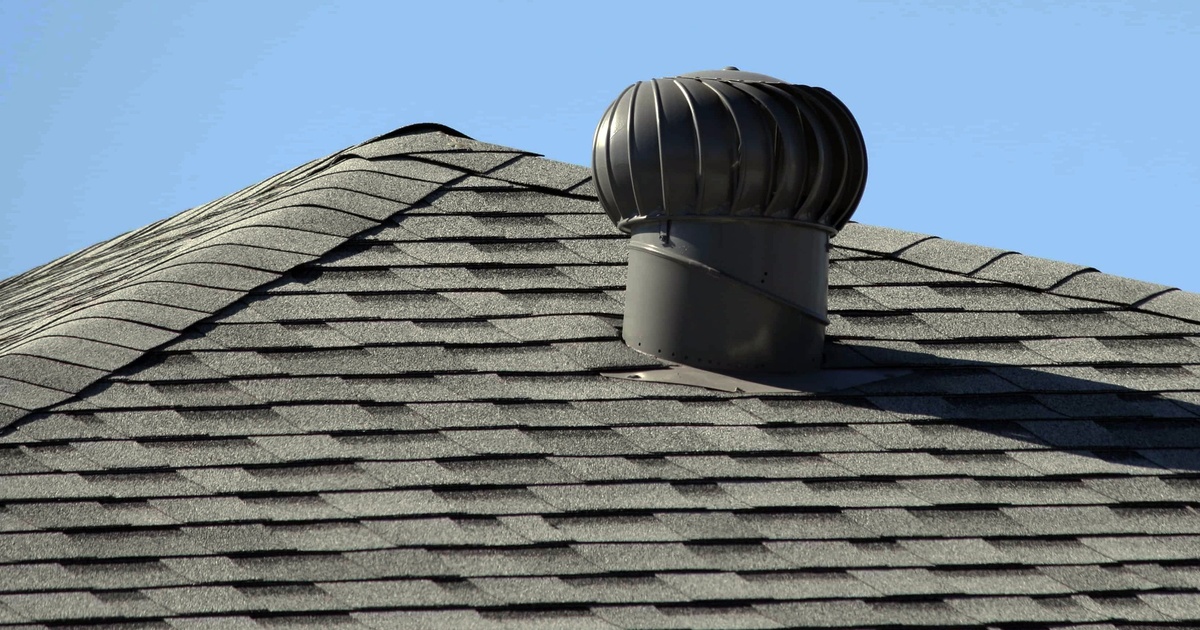The Importance of Proper Ventilation in Building Plumbing Systems
The Importance of Proper Ventilation in Building Plumbing Systems
Blog Article
Here underneath you can find more exceptional advice all about What Are Plumbing Vents and Why Are They Important?.

Correct air flow in pipes systems is frequently overlooked, yet it is crucial for preserving the performance and security of your home's plumbing. Ventilation helps regulate air pressure, protect against the accumulation of dangerous gases, and make certain the effective removal of waste. In this overview, we will certainly explore the importance of correct plumbing ventilation, exactly how it works, and the benefits it brings to your pipes system.
Comprehending Air Flow in Pipes
Ventilation in pipes describes the network of pipes that enable air to flow with the drain system. These vents serve multiple objectives, including managing air pressure within the pipes, avoiding sewer gases from getting in the home, and helping in the smooth flow of wastewater.
Just How Air Flow Functions in Pipes Solutions
Atmospheric Pressure Guideline
Proper air flow maintains well balanced air pressure within the pipes system. When water flows with pipelines, it displaces air. Without adequate air flow, this displacement can produce adverse stress, resulting in reduce drains or siphoning of water from catches, which can create undesirable smells to permeate into the home.
Stopping Drain Gas Build-up
Among one of the most crucial features of plumbing vents is to stop sewer gases, such as methane and hydrogen sulfide, from gathering within the home. These gases can pose significant health dangers and are highly flammable. Vent pipes permit these gases to leave safely outside.
Helping in Waste Removal
Air flow aids in the efficient elimination of wastewater by preventing airlocks in the drainage system. When air can flow openly through the vents, it allows water and waste to move smoothly through the pipes, lowering the threat of obstructions and back-ups.
Types of Plumbing Vents
Main Stack Vent
The main stack vent, additionally called the air vent pile, is the main vent in a pipes system. It prolongs from the primary drainpipe align through the roof, enabling gases to leave and fresh air to get in the system.
Branch Vent
Branch vents connect to the primary stack air vent and serve private fixtures, such as sinks, commodes, and showers. These vents make certain that each fixture has appropriate air flow to operate appropriately.
Air Admittance Shutoff (AAV).
An Air Admission Shutoff (AAV) is a one-way valve that enables air to go into the plumbing system without the need for a conventional vent pipe extending with the roof covering. AAVs are generally made use of in renovations or areas where mounting a standard air vent is not practical.
Indicators of Poor Air Flow in Pipes.
Slow Draining Fixtures.
If your sinks, bathtubs, or bathrooms are draining pipes slowly, it could be a sign of inadequate air flow. Inadequate air circulation can produce a vacuum impact, making it difficult for water to drain pipes correctly.
Gurgling Seems.
Gurgling noises coming from drains pipes are usually a result of air being drawn through water traps as a result of unfavorable stress in the pipes. This is a clear sign of not enough ventilation.
Unpleasant Odors.
Sewage system smells inside your home are a warning that your pipes system is not effectively aerated. This might imply that sewer gases are not being sufficiently aired vent outside, leading to possibly dangerous conditions.
Common Ventilation Errors.
Insufficient Vent Sizing.
Utilizing small vent pipelines can lead to inadequate air flow and stress imbalances in the system. It's vital to make use of vents that fulfill the details demands of your pipes system.
Improper Vent Positioning.
Positioning vents as well much from the components they offer can decrease their performance. Proper positioning ensures that air can flow freely and successfully via the system.
Ignoring Code Requirements.
Building codes provide certain guidelines for pipes ventilation. Overlooking these codes can result in a system that fails to function properly and may result in expensive repair services or health hazards.
Benefits of Proper Air Flow.
Improved System Performance.
Appropriately aerated pipes systems operate extra effectively, with less clogs, faster draining, and much less stress on the pipelines. This effectiveness prolongs the life expectancy of the pipes system.
Improved Air Top Quality.
By avoiding sewer gases from entering your home, appropriate ventilation contributes to better indoor air top quality, making your living setting healthier and extra comfy.
Preventing Water Damage.
Ample ventilation assists stop water from being siphoned out of catches, which can result in sewage system gases getting in the home and triggering water damage over time.
Steps to Make Certain Correct Air Flow.
Consulting Plumbing Codes.
Constantly consult neighborhood pipes codes when developing or changing your plumbing system. These codes supply the necessary guidelines for proper airing vent and ensure your system meets safety and security requirements.
Normal Evaluation and Maintenance.
Routine assessments can aid determine prospective ventilation issues prior to they come to be major problems. Maintenance tasks, such as cleaning up vent pipelines and checking for obstructions, are vital for keeping the system in good working order.
Expert Setup.
For brand-new installations or significant alterations, it's smart to hire a specialist plumbing. They have the know-how to make certain the air flow system is properly designed and installed according to code.
Final thought.
Proper air flow is an essential part of any pipes system, making sure that it works effectively and safely. By recognizing the value of ventilation, identifying the signs of bad air flow, and taking steps to preserve your system, you can prevent expensive problems and safeguard your home's air quality.
4 Things You Should Know About Your Plumbing Vents
What Plumbing Vents Are
Also called a vent stack, a plumbing vent is a vertical pipe attached to your drain line that runs through your roof. The plumbing vent pipe, or plumbing air vent, removes gas and odors from your plumbing system and allows fresh air to enter the pipes, helping the water to flow out of the drain pipes.
What Plumbing Vents Do
Plumbing vents have two basic functions. One of which is to allow unpleasant smelling wastewater and sewer gasses to escape your plumbing system instead of entering your home. Plumbing vent pipes are typically located on roofs, away from windows, to ensure the fumes exit the home completely.
The other function of the plumbing vent is to move fresh air into your plumbing system. This helps move water through every plumbing fixture in your house, like toilets and sink drains. Think of the way in which you need to let a little air into the bottle as you pour soda in order to make the drink flow smoothly.
Different Types of Plumbing Vents
True vent: This is the most common vent option. In simplest terms, a true vent is a vertical pipe attached to your drain line that exits through the roof. They often function as the main vent that other fixtures can connect to. Re-vent pipe or auxiliary vent: Attached to the drain line near specific plumbing fixtures, re-vent pipes run up and over to connect to the main vent. Common vent: Two plumbing fixtures installed on opposite sides of a wall are typically tied into the vent stack using something known as a sanitary cross. Wet vent: This venting option operates as a drain pipe and a vent at the same time. Wet vent drainage systems drain water from one fixture while venting the air from another. Although they’ve been used for over 100 years, wet vent systems have only recently been added to the plumbing code in many areas. If you’re planning on installing one in a bathroom remodel, make sure you check your local code prior to construction. Loop vent: For free-standing fixtures like kitchen island sinks, loop vents are ideal. These vent pipes run under the floor, rise from the P-trap, and create a loop inside the cabinet sink. Air admittance valve: An AAV is a one-way mechanical valve typically installed at the site of the plumbing fixture. AAVs allow venting to occur without having to tie into a larger venting system. They’re ideal for venting fixtures where you aren’t able to easily connect to an existing vent system. Common Plumbing Vent Issues
Although vent pipes typically don’t have water flowing through them, they’re still subject to many typical plumbing issues. For example, clogs are one of the most common problems associated with sewer vent pipes. If your vent pipe gets clogged, all of your plumbing fixtures tied into the vent stack will be affected.
A sink with a slow drain that bubbles and gurgles or a strong sewage smell around your toilet are both indicators that your toilet vent pipe is clogged. Because most vent pipes exit through the roof, old leaves, twigs or even a bird’s nest could be clogging the pipe.
Clogs in your vent pipe system cause a buildup of negative pressure, meaning that water won’t be able to flow out of your home very well. It’s similar to putting your finger over the opening of a straw to trap water inside. When you remove your finger, the water is able to flow out of the straw.
If you suspect you have any blockage in your vent, make sure you have a professional come examine the situation. Left unchecked, a blocked air vent can lead to other costly repairs, like leaks and sediment buildup.
Under Pressure
Pipe vents are essential aspects of a home’s plumbing system. Owning a home means learning about all sorts of things you never put much thought into before. But by understanding as much as you can about the important systems of your home, you can keep those budgets intact and those anxiety levels low.
https://www.homeserve.com/en-us/blog/home-improvement/plumbing-vents/

We are very eager about The Upsides of Proper Ventilation in Plumbing Design and I hope you liked my blog entry. Do you know another individual who is in to the subject? Be sure share it. Thank you so much for going through it.
Schedule Estimate Report this page